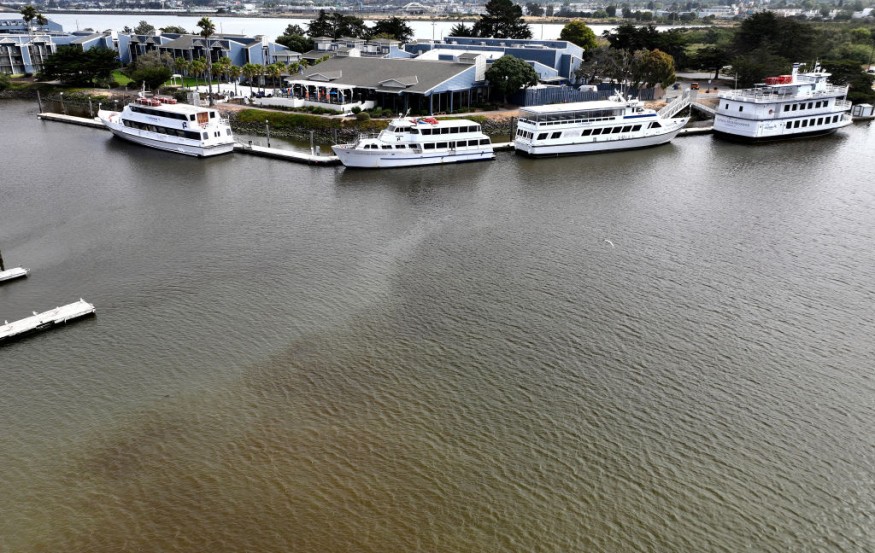
Officials are concerned that a massive fish kill could occur in Berkeley Marina in San Francisco as a result of a toxic algal bloom or red tide in the area.
Harmful Algal Bloom in Berkeley Marina
Red tide, a harmful algal bloom, is currently affecting Berkeley Marina, and scientists think it is the same species that devastated Berkeley Marina's mussels and horrifyingly killed off fish in Oakland's Lake Merritt last August.
There are grounds for alarm even if there haven't been any confirmed mass fish deaths in the Bay Area, according to officials.
The hazardous species linked to the red tide, heterosigma akashiwo, is rarely in such high concentrations in the water of the Bay. There hadn't been a bloom of that size in the estuary environment of the Bay for almost 20 years before last year's bloom.
Nobody is entirely sure what causes it to bloom or how long it will continue, but scientists do know that the algae are fed by the nutrients nitrogen and phosphorus, which are present in sewage and agricultural runoff. Tidal motions and warm temperatures also contribute.
The Spread and Challenging Weather
However, officials do not see agricultural runoff as the cause of this current bloom with their multiple water treatment processes in place. On July 26, the environmental organization San Francisco Baykeeper received a tip informing them about tea-colored water streaks near the Berkeley Marina. They later corroborated this information by using a drone to hover over the region.
According to Julia Dowell, an SF Baykeeper field investigator, the group got numerous reports of cloudy water in Richmond, Tiburon, Emeryville, and Alameda over the following five days. The Alameda estuary was clear when Dowell, an Alameda homeowner, observed it on Saturday; but, on Sunday, the murky, darker swirls of water had already started to spread.
The past few months have been difficult for the local aquatic life. Naturalists and marine specialists were baffled in February when dead leopard sharks along with bat rays were discovered in tidal lagoons such as Berkeley's Aquatic Park following a series of intense atmospheric rivers. Reduced salinity, less oxygen, or toxic algae are all possible causes. According to Dowell, the timing of those deaths suggests they have nothing to do with the current red tide.
Red Tide Heterosigma Akashiwo
According to the NOAA, heterosigma akashiwo does not pose a threat to the general public's health whether consumed or touched by water. The California Department of Public Health advised against swimming in murky ocean water because of the potential for skin irritation from any chemicals created by the dense algae or other related biological activities in the water.
According to Dowell, the huge marine die-off that occurred last year began about three weeks after the bloom was first noticed developing in the Alameda region. Dowell says that there is no way to tell beforehand if this bloom will have the same impact on marine life as last year's bloom or progress in the same manner.
She cautioned that a second year of fish deaths may be "devastating" for the neighborhood environment, but there isn't much that could be done right now. As one of the numerous species affected by the die-off last year, the white sturgeon, North America's largest freshwater fish, has battled to recover. Additionally impacted fish species include sharks, striped bass, bat rays, smelt, and anchovies, according to the San Francisco Bay Regional Water Quality Control Board.
Although scientists are still working to completely grasp the connection between the algal blooms and the fish deaths, they are certain that the fish most likely suffocated to death. Fish along with other marine creatures suffocate as algae waste decomposes both during and following a bloom, eating up the oxygen in the water, Berkeleyside reports.
© 2025 NatureWorldNews.com All rights reserved. Do not reproduce without permission.





